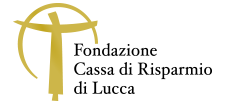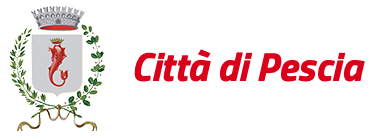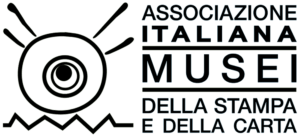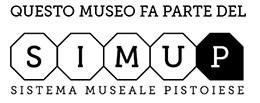Le Carte Paper Mill
The old paper mill Le Carte is one of the most important landmarks of industrial archaeology in Italy. It has remained in good condition over the centuries and all its 17/18th-century plants have been preserved. As such, it can be considered one of the most significant examples of successful conservation in the world.
The factory is located on the valley floor of the River Pescia on the right bank, at the foot of the small village of Pietrabuona. It was built in 1712 and expanded in 1725 by the Ansaldi family who sold it to Agostino Calamari in 1825. In 1860 the paper mill was bought by the Magnani family who made it the centre of their rise in the Italian business industry of the time.
The building is in the typical Tuscan and Ligurian style. Pulp and sheets of paper were originally made in the cross-vaulted ground floor includes cross vaults; the workshop for the finishing stages and the homes of the papermakers' families was on the first floor; while the top floor or “spanditoio”, which includes large windows equipped with adjustable closures, was reserved for drying the sheets.
The paper mill which was both the centre of work and life produced exclusively handmade paper since its establishment until 1992, the year in which it went out of business.
Subject to the constraint of the Superintendence of Fine Arts of Florence in 1996, the paper mill was purchased in 2004 by the Pescia ETS Paper Museum Association.



























